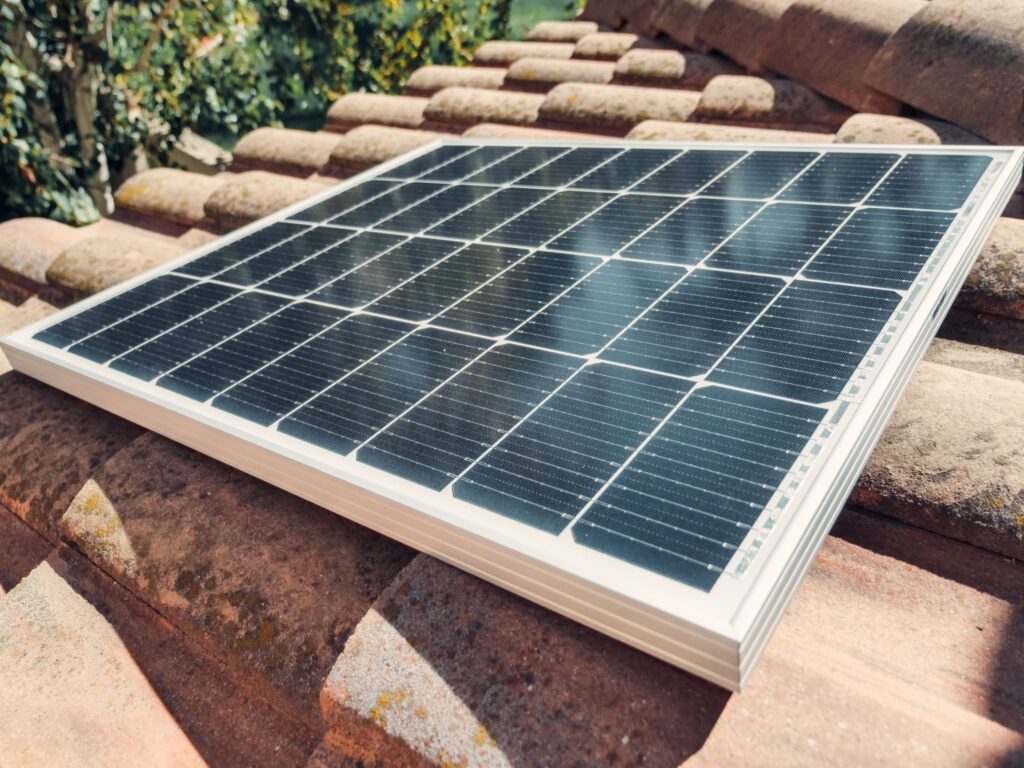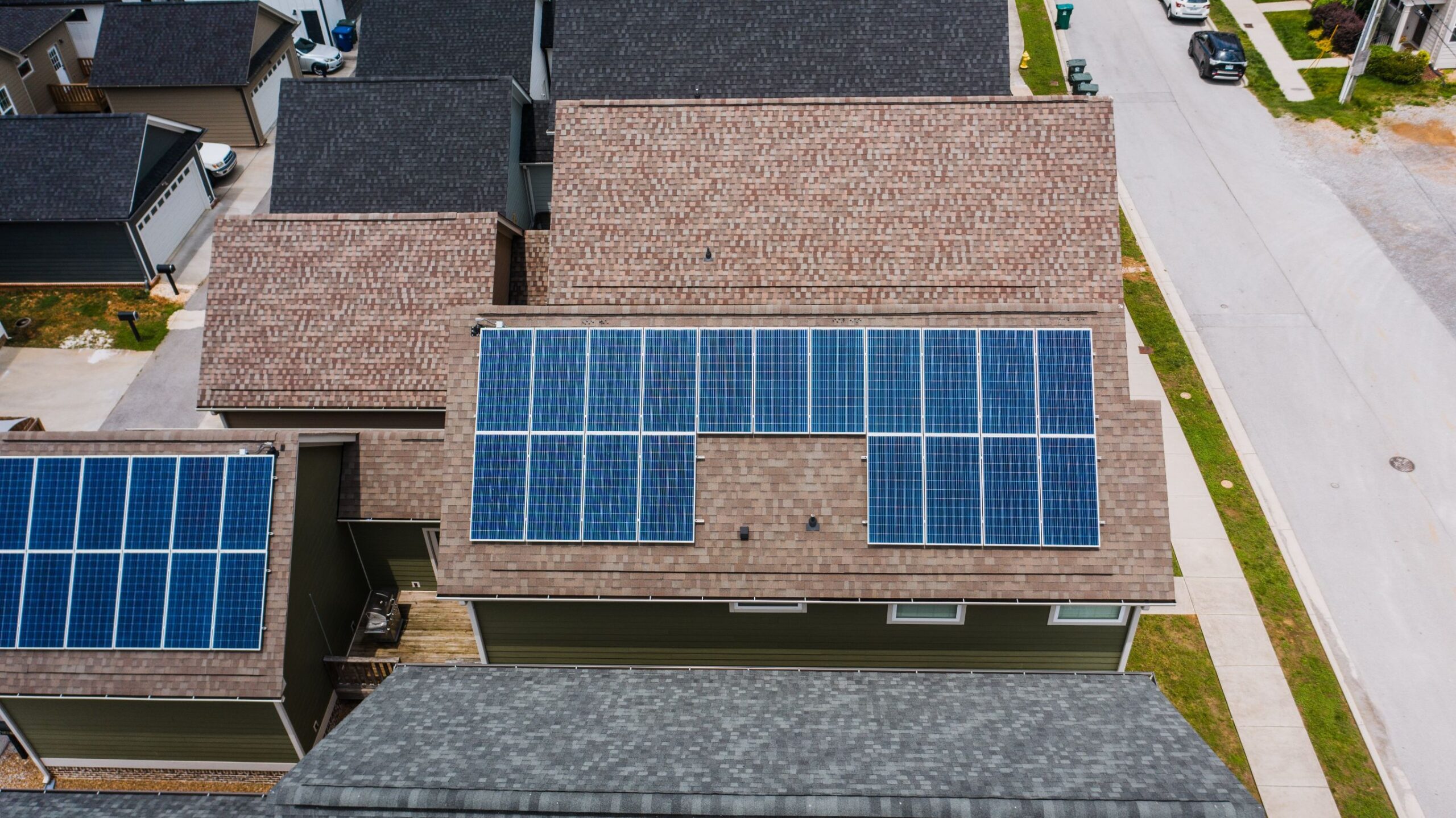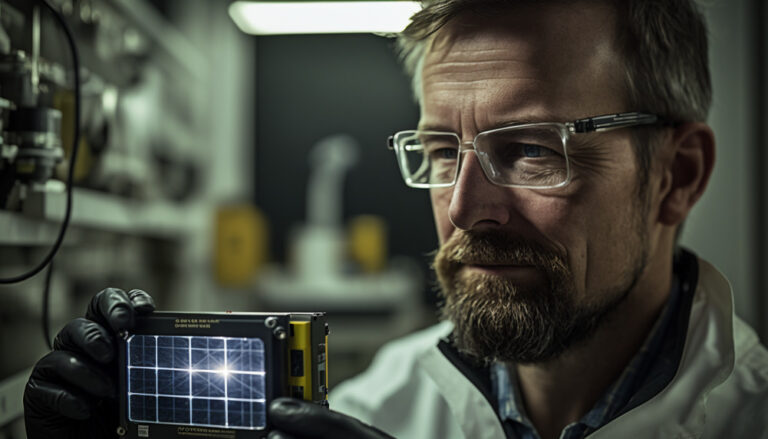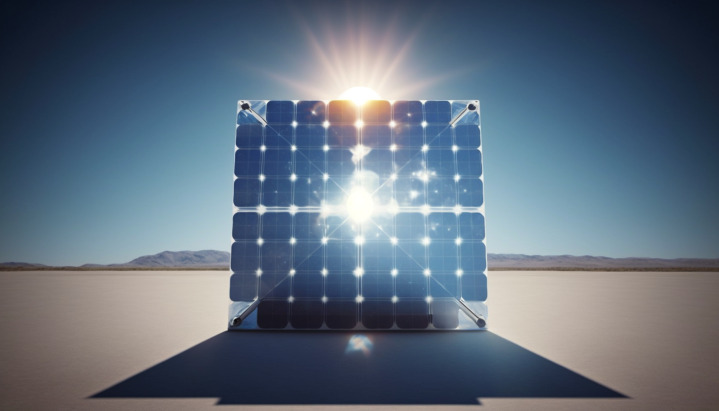Monocrystalline solar panels – Uses, Benefits and Drawbacks
Monocrystalline solar panels offer superior efficiency and longevity compared to other types of solar panels, making them a prime choice for those seeking to invest in renewable energy. These panels utilize a single silicon crystal structure, enhancing their ability to convert sunlight into energy effectively and with fewer panels. While they carry a higher initial cost and perform less optimally in cloudy conditions, their durability, aesthetic integration into building designs, and long-term cost savings justify the investment. They represent a sustainable option for reducing energy bills and increasing property value over time.
Table of Contents
Monocrystalline photovoltaic panels are a form of photovoltaic panel that is gaining popularity in the renewable energy sector. These screens are constructed from a single crystal of silicon that has been produced in a controlled atmosphere to guarantee a uniform structure. Due to their high purity silicon structure, monocrystalline panels boast an efficiency rate of around 20% or higher, compared to polycrystalline panels, which typically range between 15-17%. This efficiency means fewer panels are required to produce the same amount of energy, making them ideal for space-constrained installations.

Several reasons contribute to the appeal of monocrystalline solar panels. For starters, they are more effective than other kinds of solar panels, allowing them to produce more energy from the same quantity of sunlight. As a result, they are a more cost-effective choice for homeowners and businesses interested in generating their own energy.
What Are Monocrystalline Solar Panels?
Monocrystalline solar panels are photovoltaic panels manufactured from a single silicon crystal. They are common for domestic and business solar systems due to their high efficiency and durability.
What Makes Monocrystalline Solar Panels Unique From Others?
The manufacturing method and effectiveness of monocrystalline solar panels vary from those of polycrystalline and thin-film solar panels. Polycrystalline solar panels are made of numerous silicon crystals, whereas thin-film solar panels are made of photovoltaic material layers.
Manufacturing Process and Productivity
Monocrystalline solar panels are created by developing a single crystal of silicon in a cylindrical form. This material is then cut into narrow wafers, from which solar cells are made. The wafers are then coated with an anti-reflective layer before being wired together to create a solar screen.
Although their manufacturing method is more costly, their lengthy lifespan and great efficiency make them a superior long-term investment.
Advantages of Monocrystalline Solar Panels
Monocrystalline solar panels are a common renewable energy investment for homeowners and companies. These panels are made from a single, continuous crystal of silicon, which allows for a more efficient and uniform structure that optimizes sunlight conversion into electricity. In this part, we will go over the advantages of using monocrystalline solar panels and why they are a good long-term investment.
High Productivity
The high efficacy of monocrystalline solar cells is one of their primary advantages. These panels are made of a single silicon crystal, allowing them to turn sunshine into energy at a greater rate than other kinds of solar panels. This means you can produce more energy with fewer panels, potentially saving you money in the long term.
Durability
Another advantage of using monocrystalline solar panels is their long life. These panels are made of high-quality materials that are intended to endure severe weather conditions such as heat, cold, and wind. This means they can last for decades before they need to be changed, saving you money on upkeep and repairs.
Aesthetics
In addition to their high performance, monocrystalline panels are favored for their sleek, uniform black appearance, which complements modern architecture. Unlike polycrystalline panels that have a bluish tint, these panels offer an aesthetically pleasing option for homeowners who prioritize visual appeal. These panels have a consistent dark color and a smooth surface, allowing them to fit in with the roof of your house or company. This can enhance the general appearance and value of your home.
Long-Term Investing
Purchasing monocrystalline solar panels is a long-term investment with a potential payback period of 5 to 10 years, depending on installation size and local energy costs, according to a study by the National Renewable Energy Laboratory (NREL). While the initial installation cost may be greater than for other kinds of solar panels, the high efficiency and durability of monocrystalline panels can save you money on electricity expenses and maintenance costs in the long run. Installing solar panels can also increase the worth of your land, making it a sensible investment for both residents and companies.
Finally, monocrystalline solar panels have a number of advantages, including high efficiency, longevity, and looks. They are a wise long-term investment that can reduce your energy expenses and maintenance costs while improving the worth of your home. If you are thinking about engaging in solar energy, monocrystalline solar panels are a great option.
Disadvantages of Monocrystalline Solar Panels
For homeowners and companies seeking to produce their own energy, monocrystalline solar panels are a common option. However, there are some disadvantages to using these panels that should be considered before buying.

One of the primary disadvantages of monocrystalline solar cells is their expensive cost. Because these panels are manufactured from a single crystal of silicon, they are more costly to manufacture than other kinds of solar panels. As a result, some homeowners and companies may find it difficult to rationalize the initial expense of installing these panels.
Another disadvantage of monocrystalline solar panels is that they work less effectively in extreme weather. These panels, for example, are less effective in cloudy or overcast conditions, which can decrease their total energy production. This can be a source of worry for homeowners and companies that depend on solar energy to power their homes or enterprises.
Despite these disadvantages, there are methods to reduce the environmental effect of monocrystalline solar panels. Homeowners and companies, for example, can engage in energy storage systems to store surplus energy produced by solar cells for use during times of low sunshine. This can help to compensate for the panels’ lower effectiveness in certain weather situations.
While monocrystalline panels have a more energy-intensive production process, their superior energy conversion rate and longer lifespan help offset this environmental cost over time. By investing in energy storage systems like batteries, you can store excess energy, improving efficiency even in less sunny conditions. While these panels may be more costly at first, they can provide a better return on investment in the long run by producing more energy and lowering the need for extra energy storage systems.
In conclusion, while using monocrystalline solar panels has some disadvantages, these can be offset by investing in high-quality panels and energy storage devices. Homeowners and companies can make an educated decision about whether monocrystalline solar panels are the best option for their energy requirements by closely considering these considerations.
Pros and Cons of Monocrystalline Solar Panels |
|
|---|---|
Pros |
Cons |
| High efficiency (around 20% or higher) | Higher initial cost compared to other types of panels |
| Durable and long-lasting, with a lifespan of 25-30 years | Less efficient in extreme weather conditions (cloudy or overcast) |
| Sleek, uniform appearance (all-black design) | Energy-intensive production process |
| Space-efficient, as fewer panels are needed for the same output | Performance can drop in high temperatures |
| Better performance in low-light conditions compared to polycrystalline panels | Requires more energy for manufacturing compared to other panel types |
| Can increase property value | May require energy storage systems to compensate for low sunlight conditions |
How to Choose the Right Monocrystalline Solar Panel for Your Needs
There are several things to consider when selecting a monocrystalline solar panel. Here are some pointers and suggestions to help you make an educated choice.
Size
The size of the solar cell is an essential factor to consider. You must guarantee that the panel is big enough to generate the required quantity of electricity. The size of the panel will be determined by your energy needs as well as the available mounting area.
Efficiency
Another essential element to consider is the efficiency of the solar cell. The quantity of sunlight that a solar panel can turn into energy is referred to as its efficiency. A better efficiency panel will produce more electricity, requiring fewer panels to satisfy your energy requirements.
Reputation of a Brand
The solar panel manufacturer’s name reputation is also essential. You should select a reputable company with a track record of making high-quality solar panels. Look for user evaluations and scores to get a sense of the brand’s image.
Cost and ROI Calculation
When determining the cost of putting monocrystalline solar panels, you must consider the cost of the panels themselves, as well as the cost of installation and any extra tools needed. You should also consider possible savings on your energy account as well as any government incentives or rebates.
To determine the ROI of solar panels, compare the cost of installation to the possible savings on your energy bill over the life of the panels. This will help you estimate how long it will take to recover your money.
Finally, selecting the best monocrystalline solar panel necessitates careful evaluation of variables such as size, efficiency, and company notoriety. You can ensure that you choose the best solar panel for your requirements by taking the time to make an educated choice and determining the cost and ROI.
Conclusion
Finally, monocrystalline solar panels are an excellent investment for those seeking to decrease their ecological impact and save money on their energy bills. They are more efficient and last longer than other kinds of solar cells. They are, however, more expensive and may not be the best choice for those on a limited budget.
If you want to install monocrystalline solar panels, you should do your homework and locate a trustworthy installer. Check with your local authority to see if any benefits or refunds are available for solar panel installations.
Overall, monocrystalline solar panels are an excellent choice for individuals or businesses seeking a reliable, long-term energy solution. While the initial investment may be higher, their superior efficiency and long-term savings on electricity make them a smart investment in sustainability and energy independence.
Visit the websites of respected solar panel manufacturers for more information on monocrystalline solar panels, or confer with an expert solar panel installer.






